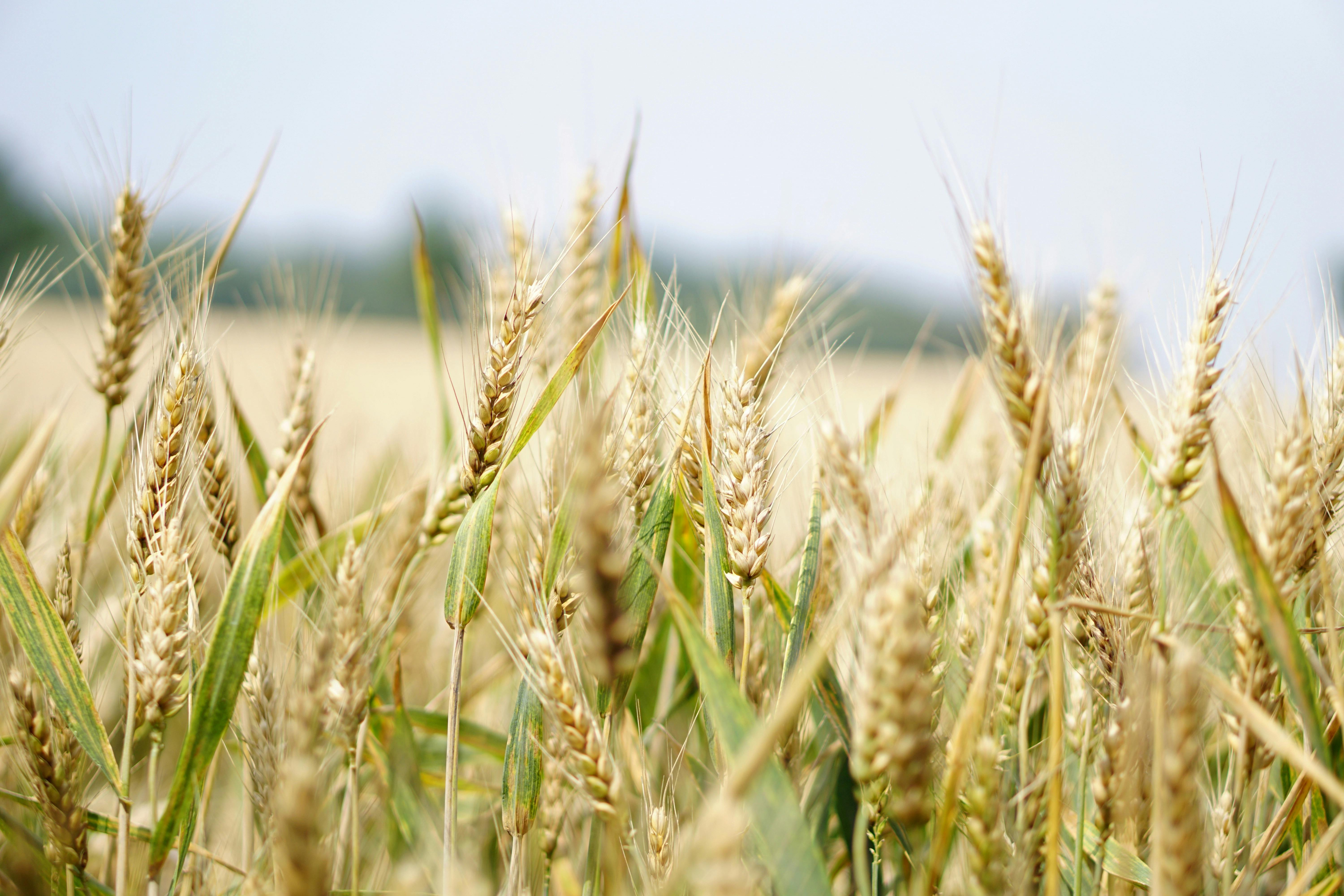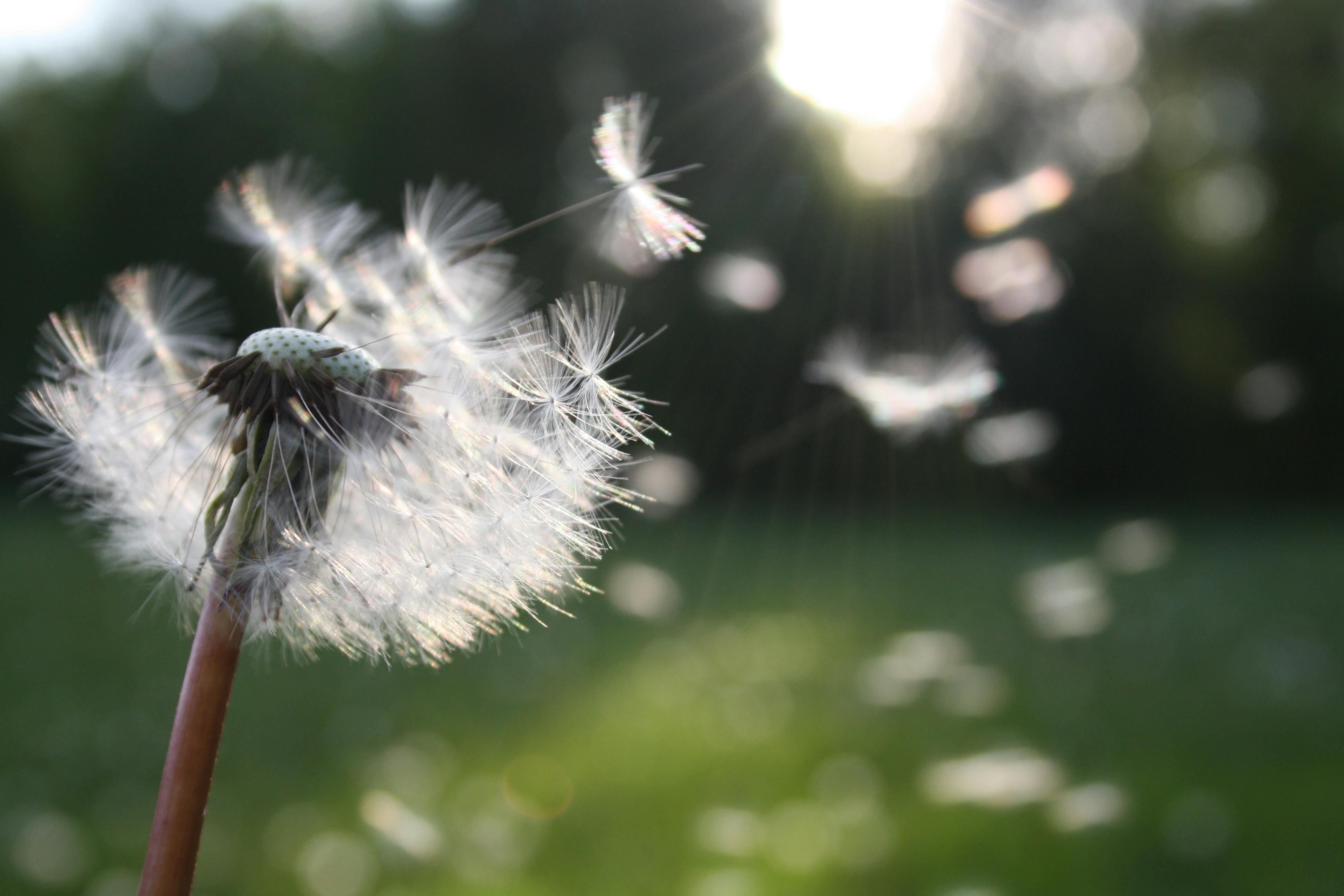Zoysia is a type of grass that is popularly used for lawns and landscaping. Zoysia grass is known for its ability to withstand heavy foot traffic, shade, drought and salty soils making it an ideal choice for areas with challenging climates. If you are planning to plant zoysia seed, the best time to do so is in the spring or early fall when temperatures are mild and soil temperatures are warm. During this time, zoysia seed will have the best chance of germinating and establishing itself as a healthy lawn.The best time to plant Zoysia seed is in the spring, after the last frost of the season has passed. Planting in the late spring or early summer months is ideal, as temperatures are warm and soil is moist.
Location
When planting zoysia seed, one of the most important factors to consider is the location. Zoysia prefers full sun and well-drained soil. It is best to avoid areas that are prone to standing water or are heavily shaded. If you’re planting zoysia in an area with a lot of shade, you may want to consider planting a different type of grass seed as zoysia will not perform as well in these conditions.
Soil Preparation
Before planting zoysia seed, it is important to prepare the soil. Zoysia prefers a slightly acidic soil with a pH between 5.5 and 6.5. You can test your soil’s pH level with a simple kit from any garden center or hardware store. You should also ensure the soil is well aerated by tilling or raking it before planting.
Seed Selection
When selecting zoysia seed, it is important to choose one that has been treated with fungicide and insecticide for protection against disease and pests. You should also make sure the seed is certified by an independent laboratory for quality control. This will help ensure you are getting a healthy and viable seed.
Fertilizer
Once your zoysia seeds have been planted, it is important to fertilize them regularly throughout the growing season. A slow-release fertilizer should be used and applied according to the manufacturer’s directions. This will help ensure your grass gets all of the nutrients it needs for healthy growth.
Watering
Zoysia requires regular watering throughout its growing season. Deep watering once or twice a week should be enough to keep your lawn healthy and green during dry periods. Be sure not to overwater as this can cause root rot and other problems.
By considering these factors when planting zoysia seed, you can ensure your lawn has all the conditions necessary for successful growth and establishment.
What Type of Soil Is Best for Planting Zoysia Seed?
Zoysia grass is a warm-season turfgrass that is known for its low maintenance requirements and attractive, dark green color. When planting Zoysia seed, the best soil type is one that is well-drained and slightly acidic. Sandy soils are ideal for Zoysia, as they provide excellent drainage and aeration. Loam soils are also suitable for planting Zoysia seed, as they hold moisture well while still providing adequate drainage. Avoid heavy clay soils as these can retain too much water and lead to root rot.
Before seeding your lawn with Zoysia, it is important to test the soil pH levels to make sure they are in the ideal range of 6-7 pH. If the soil pH levels are too high or too low, you may need to amend your soil with lime or sulfur respectively. Additionally, you may want to add a slow-release fertilizer to your soil before planting your seed in order to give it an extra boost of nutrients.
Once you have prepared your soil and established the desired pH levels, it’s time to plant your Zoysia seed! To ensure optimal germination rates, use a good quality seed mix that contains at least 50% Zoysiagrass by weight. Plant at a depth of 1/4 inch and lightly cover with topsoil or compost. Water regularly until the seeds have germinated and established themselves in the lawn. With proper care and maintenance, you will be rewarded with a lush green lawn throughout the summer months!
What Is the Optimal Temperature for Planting Zoysia Seed?
Planting Zoysia seed is best done when the soil temperature is between 65-85 degrees Fahrenheit (18-29 degrees Celsius). The ideal soil temperature for planting Zoysia seed is between 70-80 degrees Fahrenheit (21-26 degrees Celsius). This temperature range encourages the seed to germinate quickly and evenly. It is also important to make sure that the soil is not too wet, as this can cause the seed to rot or be washed away. If you are planting in cooler temperatures, you may want to consider using a pre-emergent herbicide to help control weeds and grasses. This will also help protect your newly planted Zoysia seeds from disease and pests.
When planting Zoysia seed, it is important to keep in mind that the soil should be well tilled and free of weeds and grasses. This will help ensure that your new lawn will get off to a healthy start. If you are planting in sandy soils, it is important to add organic matter such as compost or mulch before planting the seeds. This will help retain moisture and encourage growth. Once planted, water your Zoysia seed generously every day until germination occurs, then decrease watering frequency as needed.
Planting Zoysia seeds at the optimal temperature ensures that they will germinate quickly and evenly, giving you a lush green lawn in no time!
How Much Sunlight Is Required for Planting Zoysia Seed?
Zoysia is a warm-season grass that is popular for its hardy nature and ability to tolerate heavy foot traffic. Growing Zoysia from seed requires direct sunlight for at least six hours each day. While some shade is tolerated, too much shade can stunt the growth of the grass and cause it to become thin and weak. When planting Zoysia seed, make sure to select a sunny area that receives at least six hours of sunlight daily. Additionally, avoid low-lying areas that are prone to flooding or waterlogging as this can drown the seeds and prevent them from germinating.
When planting Zoysia seed, preparation of the soil is key to success. Make sure to till the soil to a depth of at least four inches and remove any large rocks or debris. To ensure good drainage, add some organic matter such as compost or peat moss to help retain moisture and improve soil structure. After tilling, spread the seed evenly over the desired area at a rate of 5-10 pounds per 1000 square feet. Finally, lightly rake the surface and water daily until seeds have germinated and sprouted in approximately 6-8 weeks.
In summary, Zoysia grass requires direct sunlight for optimal growth when planted from seed. Make sure to select an area with six hours of sunlight daily and prepare the soil by tilling it deeply and adding organic matter before sowing the seeds. With proper care and maintenance, you can enjoy a lush lawn full of beautiful Zoysia grass in no time!

How Much Water Is Needed for Growing Zoysia Grass from Seed?
Zoysia grass is a popular warm-season turfgrass that is valued for its drought and wear tolerance. Growing zoysia grass from seed can be a cost-effective way to establish a beautiful lawn. However, proper watering is essential for successful seed germination and establishment of the turf.
Before planting the seeds, ensure that the soil has been properly prepared with adequate drainage and aeration. It is also important to use quality seed and follow the manufacturer’s instructions regarding seeding rate and depth.
Once planted, zoysia grass seeds need to be kept consistently moist in order to germinate. This usually requires daily light misting or watering with a garden hose or irrigation system. It may be necessary to water more frequently during periods of high temperatures or prolonged dry spells.
Once the seeds have germinated, it is important to maintain adequate soil moisture throughout the growing season in order for the plants to develop strong root systems. Watering frequency should vary depending on soil type, air temperature, humidity levels, rainfall amount, and other factors. Generally speaking, an inch of water should be applied on a weekly basis during periods of low rainfall or hot weather. During cooler seasons with regular rainfalls however, less frequent but deeper watering may be sufficient.
In conclusion, growing zoysia grass from seed requires careful attention and adequate water supply in order for it to successfully establish itself into a lush lawn over time. It is important to monitor soil moisture levels regularly and adjust watering frequency accordingly in order to promote vigorous growth and development of healthy zoysia turfgrass plants.
What Is the Ideal Method for Planting Zoysia Seed?
Planting zoysia seed is an effective way to establish a dense, lush turf. The ideal method for planting zoysia seed is to create a loose and well-aerated soil profile, making sure that the soil is not compacted or hard. It’s also important to ensure that the seedbed is free of weeds, as this can lead to competition and reduce the success rate of germination.
Before planting zoysia seed, it’s important to choose a quality seed blend that has been tested for purity and germination rates. A blend of different varieties of zoysia will yield better results than just one variety alone. The seed should be spread evenly over the prepared soil surface, taking care not to bury it too deeply or leave it exposed on top of the soil.
Once the seed has been spread, it should be lightly raked into the soil with a rake or garden hoe. This helps ensure even distribution and better contact between the seed and the soil. After raking, lightly water with a light spray from a hose or watering can until all of the seeds are moistened but not saturated with water.
Once planted, zoysia seeds should be covered with a thin layer of mulch or straw to protect them from birds and other animals. Mulch helps maintain moisture levels in the soil and prevent weed growth around newly planted seeds. After mulching, keep the area moist by watering as needed until germination occurs (usually 3-4 weeks). With proper care and attention, you should have a lush field of healthy zoysia grass in no time!
Preparing the Lawn
Before planting Zoysia seed, it is important to prepare the lawn. This includes removing weeds, grasses, and debris from the area where the seed will be planted. Additionally, you should loosen and aerate the soil to ensure that the seed can take root. It is also recommended that you fertilize the soil before planting. Once the soil is prepared, you can begin planting your Zoysia seed.
It is also important to ensure that the area is well-drained. To do this, you can add a layer of compost or mulch to help with drainage. Additionally, make sure that there are no obstacles in the way when planting as this can impede growth and cause germination problems. Once everything has been prepared, you are ready to start planting your Zoysia seed!

Conclusion
In conclusion, Zoysia seeds should be planted in the late spring to early summer for optimal growth. It is important to keep the area moist during the germination process and to ensure that the soil does not dry out too quickly. Additionally, it is important to choose a well-drained area and to fertilize regularly. Zoysia seed can take up to four months to germinate, so patience is key. With proper care and attention, Zoysia grass can provide a lush, beautiful lawn for years to come.
Zoysia grass is a great option for those looking for an easy-to-maintain lawn with excellent water retention and drought tolerance. With proper planting and care, you can enjoy a low-maintenance lawn that will look great year-round. So when it comes time to plant your new lawn, don’t forget about Zoysia seeds!

